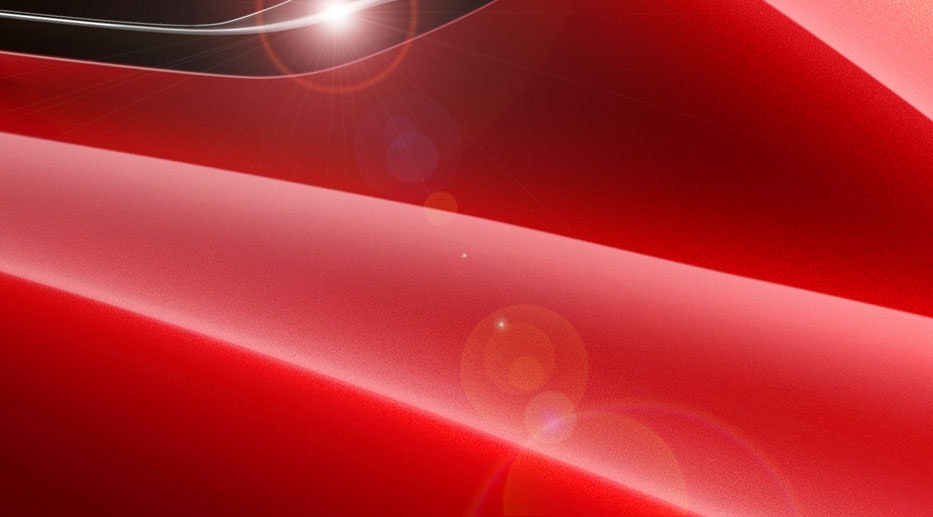
It's a fast estate with four rings on the front

Day one
The RS 4 is here. Yea, there’s a space in RS 4. I don’t remember it being there before, but that’s how Audi officially writes it. I also don’t remember noticing that the sub-brand for fast Audis is basically ‘arse’. Well anyway, this fourth arse looks tremendous when it pulls up, being pumped-up and pugnacious but in a subtle way, like an MMA fighter in a decent dinner suit. Only the cheesy ‘quattro’ lettering in the front intake spoils the otherwise subtle effect. When you start the engine, now downsized to a V6 but then upsized with a couple of turbos, it makes a brief and deep snort, like Barry White discovering the compartment in the fridge where things have been left to go mouldy for five months. The start-up humph sets the tone for the whole car, which on first acquaintance seems tight and muscular without either of these things overwhelming what is also a very calm and comfortable estate car.
Day two
For many years fast Audis, and several not-fast ones, came with a thuddy, thumpy, argh-my-spine ride quality that made them intolerable in much of the real world. But the RS 4 is not like that at all. In fact, it rides very well. It’s not soft, and you’re aware that bumps are there, but it coats them with soft edges so you’re rarely disturbed or upset by the state of the roads beneath you. Truth is, Audi has known how to do this for ages. The B7 RS 4 had a perfectly good ride. R8s have always sailed over bumps without banging your brain against the inside of your skull. Audis set up to feel sporty have a history of riding like shit. Whereas truly sporty Audis ride well, and this one is no exception.

Day three
Just trundling about town today, which the RS 4 is very good at. In gentle driving you put it in comfort mode and it’s all the quiet, comfortable, practical car you’d want. The interior is nice too. It’s got seatbelts with red stripes down their edges, bringing a jaunty touch to a landscape that’s otherwise as black and silver as a Braun designer’s living raum. In general, it all feels very well made too, although the dash top is a bit less soft-touch and slush moulded than we’ve come to expect from Audi, and has the rough look and feel of a hippo’s arse. At least, I imagine so. I wouldn’t attempt to touch up an actual hippo. It’d batter you.
Day four
When you really clog the RS 4 and click for another gear with the wheel-mounted paddles it makes a tremendous whoomf noise from the exhaust, sort of like a high performance Morris Minor. I mean this as a compliment. The other thing that happens when you clog it in this car is that, within seconds, you are travelling very, very quickly. Honestly, I had to check the spec sheet because at certain speeds and revs it feels stronger than the 444 horsepower it’s claimed to have. Left in full auto it’s particular deceptive in the way it gathers speed in reply to a firm but fair amount of throttle. One minute you’re leaving London on the M1 at legal speeds, the next you’re in both Scotland and a prison.
Day five
Looking more closely at the RS 4 I can’t help seeing signs that Audi design has lost its way. The blistered wheel arches, for example, are wonky and messy, largely because they’re not symmetrical front to back and the way the rear ones emerge from the doors seems especially cock-eyed. Then there’s the digital instruments which are strangely busy to look at. You can configure them into a simpler set up with a digital speedo inside a central rev counter but there’s still a lot of stuff clustered around the middle bit and it’s all a bit of a mess. Audi used to be up there with Apple for cool design restraint and they seem to have lost the plot. Don’t get me wrong, this is still a handsome car and there are still car studios turning out far sloppier, more contrived work, usually with Toyota or Honda signs above the front door.

Day six
Time for a proper strop out into the countryside. Like a lot of performance cars, the RS 4 has different modes and like a lot of performance cars you stick it in ‘dynamic’, quickly realise it makes the suspension too stiff and the steering too heavy, and retreat to an ‘individual’ configuration which is comfort setting for everything except engine response. In this case you can also dictate which exhaust setting you’d like and that can stay in maxi-fart mode. That said, the RS 4’s most aggressive settings aren’t ridiculous and there’s a subtlety to them that suggests engineers over-ruled marketeers but for lumpy, crumbling British back roads a little extra softness is worth it over a snadge more body control. That’s an early discovery. The next discovery is, Holy Christmas this is a fast car and that includes the speed it can go around corners. You’re always aware that it’s a heavy car, and not a small one either, but the grip it can find is extraordinary and all the more remarkable because it doesn’t feel nose heavy or understeery as fast Audis used to. In fact, it’s weirdly nailed down and madly keen to turn-in which feels in part due to the tricksy rear diff that sometimes make the car pivot into a corner with more vigour than you expect. Overall, it’s a mighty thing with all the hammering, horizon-butting speed of good Audi RS cars, overlaid with a surprising amount of balance and sophistication. Later on, I drive across London after nightfall and, despite knowing what this thing is capable of, I put everything in comfort and feel no need to drive like an anus. Which I’d take as a good sign of an impressive breadth of ability. In the car, I mean, not me. I’m a one-trick pony of Morris Minor references and swearing.
Day seven
In basic spec, the RS 4 is about £62,000 which seems fair enough. But this test car has several attractive options on it and they’re not cheap. The sports exhaust, for example, is £1200. The Dynamic Sports Suspension with its diagonally linked shocks, and which presumably helps to make the car so comfortable yet surprisingly agile, is £2000. The Dynamic Steering is £950. Blacked-in exterior trim is £550, a panoramic roof is £1250, it all adds up until you’re driving, as I am, an £80,000 car. And good though it is, that sounds too expensive.
Goodbye
The RS 4 is going away and that’s a shame because it is a very impressive car. I’ve got a few quibbles but in general I can’t think of anything really wrong with it except that it’s a bit pricy when you add the stuff you’d want. Other than that, it’s an extremely excellent thing. More than that, it has a quality that’s hard to engineer in or offer on an options list, and which I think comes from it being both crushingly fast and an estate; it’s simply and irrationally desirable.
The car talked about here is an Audi RS 4 Avant. It has a twin-turbo 2.9-litre V6 engine making 444 horsepower. Apparently it can go from 0-62 in 4.1 seconds and on to a limited top speed of 155mph. Or you can give Audi another £1450 and they’ll raise the limiter to 174mph. As standard, it costs £62,215.



